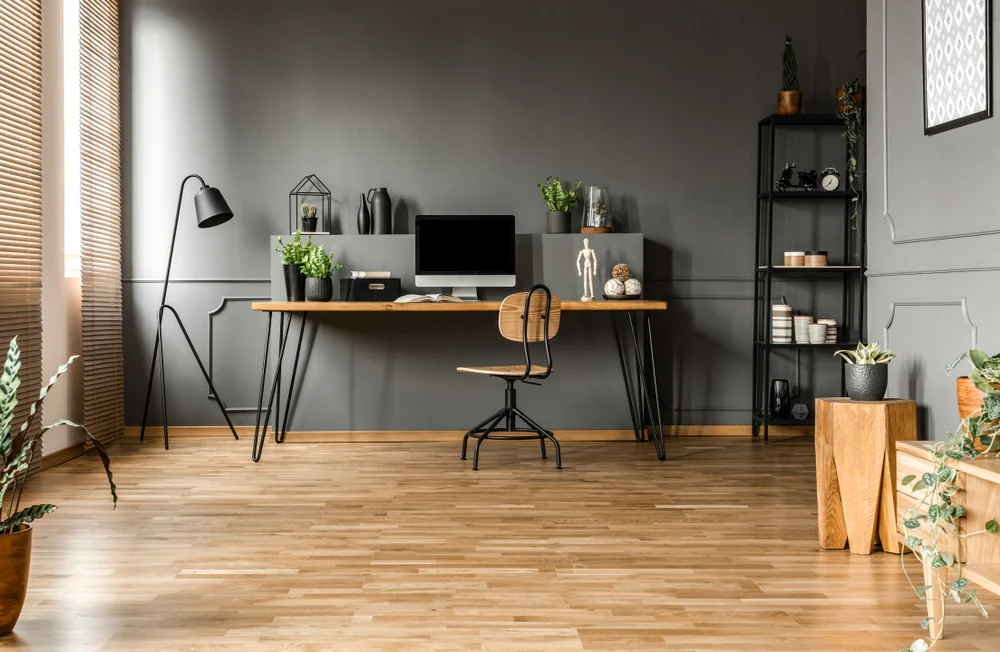As remote work continues to grow in popularity, having a comfortable and well-equipped home office is essential for productivity and overall well-being. Selecting the right furniture for your home office is a significant decision that can impact your work environment and efficiency. This comprehensive guide will walk you through the process of buying home office furniture, helping you create a workspace that promotes focus, comfort, and creativity.
- Assess Your Needs and Space
Before you start shopping for furniture, evaluate your needs and available space. Consider the type of work you do, the equipment you use, and the amount of storage you require. Measure the dimensions of your office area to ensure that the furniture you choose fits comfortably without making the space feel cramped.
- Choose the Right Desk
The desk is the centerpiece of your home office. There are various types of desks available, including:
- Standard Desk: A traditional desk with ample surface space for a computer, paperwork, and other essentials.
- Corner Desk: Designed to fit snugly into a corner, these desks maximize space utilization.
- Standing Desk: An adjustable desk that allows you to work while standing, promoting better posture and reducing the risks of prolonged sitting.
- L-Shaped or U-Shaped Desk: These desks offer a larger workspace and are ideal if you need to spread out materials or use multiple monitors.
- Select an Ergonomic Chair
Investing in a comfortable and ergonomic chair is crucial for maintaining good posture and reducing the risk of back and neck pain. Look for a chair with adjustable height, lumbar support, and adequate cushioning. Sit in the chair and ensure that your feet rest flat on the ground while your arms are comfortably positioned at your desk.
- Storage Solutions
An organized workspace contributes to efficiency. Choose furniture that provides ample storage for your needs. Consider options like filing cabinets, bookshelves, and storage units with both open and closed compartments. A clutter-free environment enhances your ability to focus on tasks.
- Lighting Matters
Proper lighting is essential for reducing eye strain and creating a conducive work environment. Place your desk near a window for natural light, and supplement it with task lighting, such as a desk lamp with adjustable brightness settings. Avoid glare by positioning your monitor perpendicular to windows.
- Cable Management
With the multitude of electronic devices in a modern home office, cable management is crucial for maintaining an organized and safe workspace. Look for furniture with built-in cable management features to keep cords and cables out of sight and prevent tripping hazards.
- Quality and Durability
Investing in durable and high-quality furniture is a smart decision for the long run. Well-built furniture will withstand daily use and retain its aesthetic appeal over time. Research reputable brands and read reviews to ensure you’re making a wise investment.
- Aesthetics and Personalization
Your home office is a reflection of your personal style. Choose furniture that complements the overall aesthetic of your home while creating a productive work environment. Incorporate elements that inspire you, such as artwork or decorative plants.
- Budget Considerations
Setting a budget is essential to avoid overspending. Allocate your budget wisely based on the most critical pieces of furniture for your work needs. Remember that investing in comfort and functionality can have a positive impact on your productivity.
Conclusion
Creating an effective and inviting home office involves careful consideration of your needs, space, and work habits. By following this comprehensive guide, you can make informed decisions when selecting furniture that promotes productivity, comfort, and well-being. Your home office is more than just a workspace – it’s a place where you can excel in your tasks and enjoy a balanced work-life experience.





